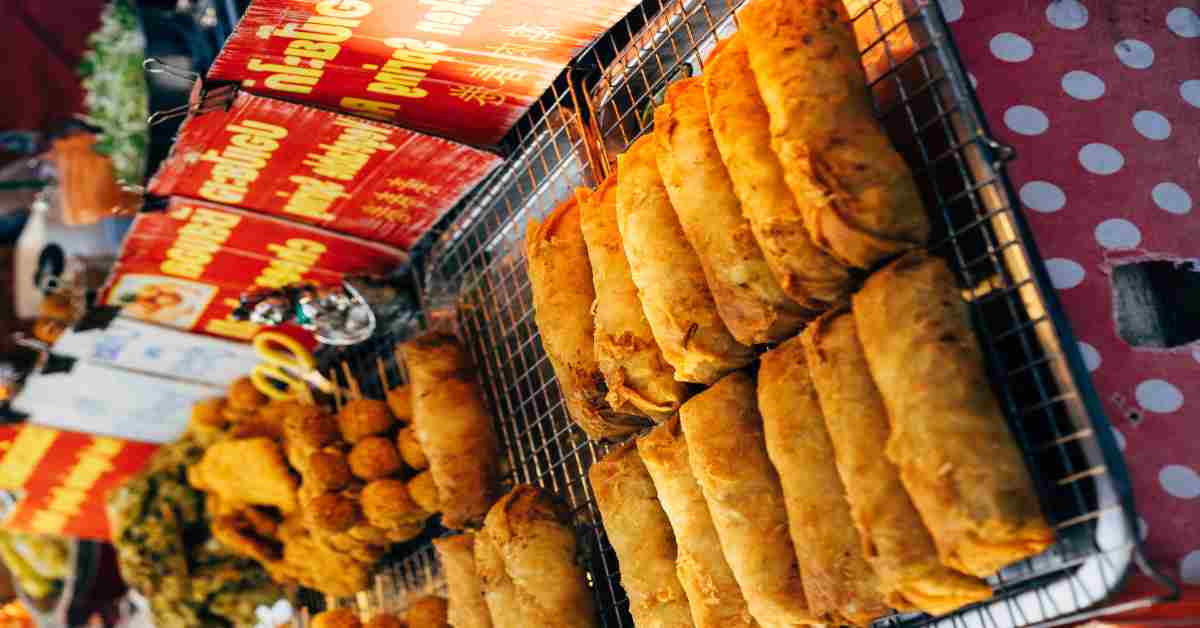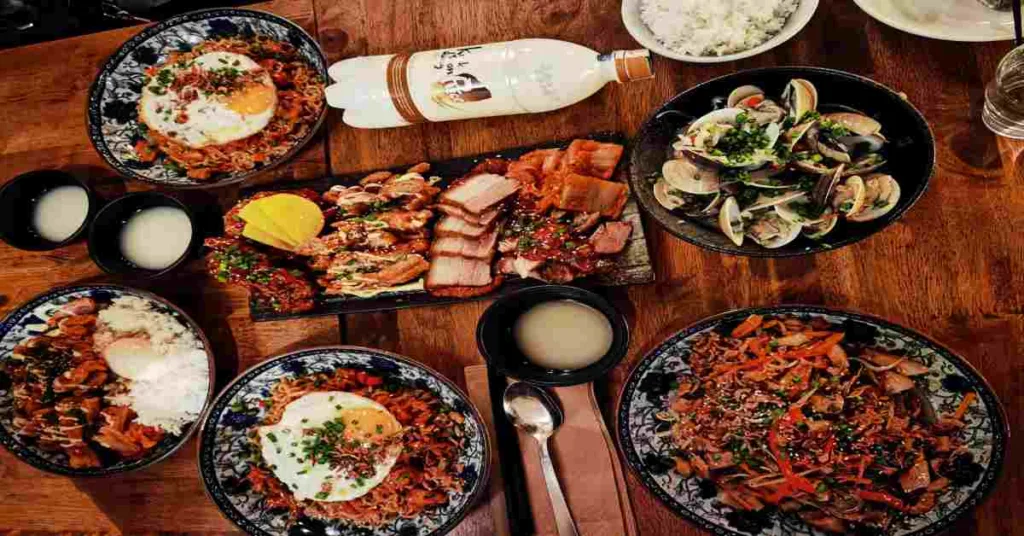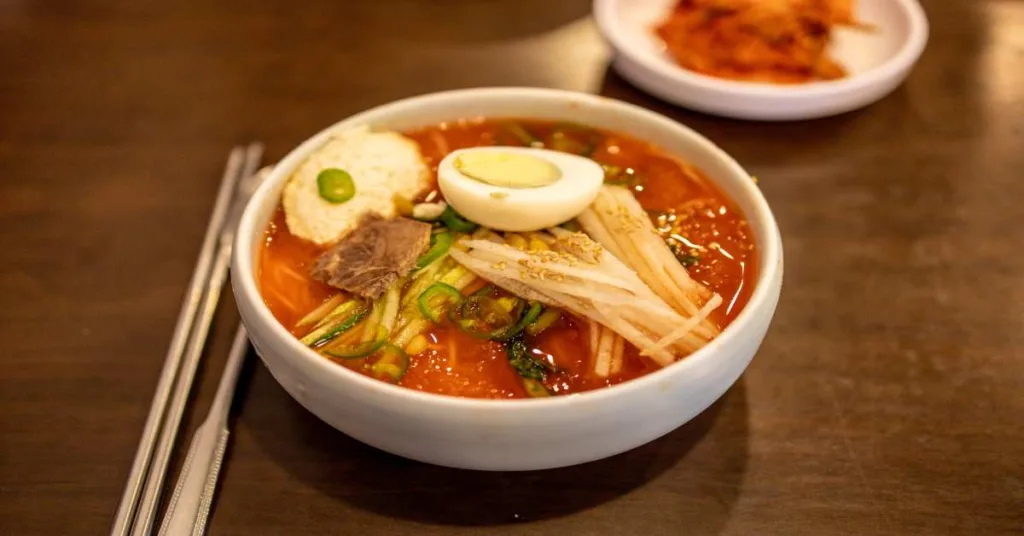Spring Roll(Chun Juan), A crunchy appetizer that consists of thin sheets of veggie shreds and should fry to a golden brown. Prepare some little snacks at home to offer with a tangy dip as a party starter or as part of a high tea menu.
What are spring Rolls?
Spring rolls are seasonal dishes and people eat them in the spring. They originally were pancakes stuffed with spring veggies, a welcome change from the preserved meals of the long winter months. In mainland China, they typically eat it during the Spring Festival, thus the name. They can be either sweet or savory, the former frequently with a red bean paste filling and the latter usually with vegetables. Wrapping should be done before pan-frying or deep-frying.
Depending on your preference, the filling can either be sweet or savory. Bean paste makes a tasty filler. For a savory one, Chinese cabbage and shredded pork are especially well-liked ingredients. Shredded bamboo shoots and mushrooms can also be included. Perfect spring rolls should have a crispy exterior and delicate filling.
Chinese people love these Spring rolls, which are crispy buns stuffed with a flavorful mixture of vegetables. Hot transportable pockets of spicy vegetables are wrapped and deep-fried to create a consistently adaptable and delightfully dippable snack.
The rolls can be served either fresh or cooked further, depending on the type of wrapper employed.
History of Spring Rolls
Spring rolls are frequent dim sum or appetizers in Chinese and other Southeast Asian cuisines. Depending on the culture of the location, the name, the type of wrapper, the fillings, and the method of cooking can all vary significantly across this vast territory. The ones from Shanghai and Guangdong are the most popular. The name is intimately connected to the Chinese New Year. Chinese people used to celebrate the end of winter and the start of spring by eating spring rolls. They contain a variety of components, including vegetables. Usually, they come with a dipping sauce and with veggies like bean sprouts and carrot shreds. Spring rolls are more of a choice than a specific dish. They do have a variety of filling alternatives, after all.
Types of dipping sauces for Spring Rolls
- The Shanghai and Cantonese clans each have their preferred dipping sauces. Although, Shanghai people serve spring rolls with vinegar, dim sum restaurants let you choose your dipping sauce.
- Some people prefer it with vinegar, spicy oil, plum sauce, chili garlic sauce, or just plain soy sauce.
- It also goes well with the Szechwan sauce & tomato ketchup.
- Old-fashioned: a tangy, Worcestershire-based dipping sauce that pairs well with the fried spring rolls.
How to prepare Spring Roll?
Ingredients:
Spring roll paper, pepper.
For marination of pork:-
shredded pork loin, salt, Shaoxing wine, sesame oil, corn starch, and pepper.
For the filling:-
Garlic, mushroom, carrot, cabbage, bamboo shoot, soy sauce, corn starch, sugar, and salt.
Spring Roll Recipe:
Part 1
Step 1: Combine the ingredients for the marinade with the pork, and then set aside for about 30 minutes. Prepare the remaining ingredients in the meantime. The vegetables should be roughly the same size after cutting. Ensure that all of the ingredients mix properly.
Step 2: Two teaspoons of oil are used to brown the pork over high heat. Also add Garlic, mushrooms, and carrots. Add Bamboo shoots, napa cabbage, and Shaoxing wine after 30 seconds of stir-frying.
Stir-frying should go on for another minute. The napa cabbage will release a lot of liquid, so lower the heat to simmer the mixture.
Step 3: Add the sugar, salt, white pepper, sesame oil, and soy sauce after stirring. You have the choice to add a cup of decanted water from soaking the dry mushrooms at this point. It intensifies the flavor of the mushrooms, so this is entirely up to personal preference. To reduce the extra liquid, you might need to simmer the filling for a longer period.
Step 4: Once the napa cabbage has completely wilted, boil the filling for a further 3 minutes, then whisk in the corn starch slurry to thicken. The amount of slurry you add will depend on how moist the filling is (this varies depending on whether you used the optional mushroom water or not), but there shouldn’t be any standing liquid at all.
Part 2
Step 5: Place the filling in a big shallow bowl and allow it to cool. Place in the fridge to cool even more for at least an hour. For simpler wrapping, it’s ideal to start with a chilled filling. Make sure, to wrap the spring rolls tightly. If you can, use fresh spring roll wrappers rather than frozen ones because frozen wrappers might cause the spring roll skin to get a little too soggy.
Step 6: The wrapper should be placed on a flat surface with a corner facing you. Pour the mixture into each spring roll about two spoonfuls at a time, about two inches from the corner that is closest to you. Once you’ve rolled it over, fold the two sides in like you’re forming a burrito. It will continue to roll up like a cigar. Apply a small amount of the corn-flour water with your fingertips to the corner of the wrapper that is furthest away from you to seal it.
Step 7: On a tray, arrange each roll. Use a small saucepan with less oil to fry the spring rolls by adding oil until it is 2 to 3 inches deep. Slowly bring the oil to a temperature of 325 degrees over medium heat.
Step 8: Add the spring rolls gently one at a time, gently cooking them in tiny batches. Transfer them to a plate covered in paper towels after gently rolling them in the oil to ensure even cooking until they are golden brown. Serve it hot with your preferred dipping sauce.
TIPS:
- Select the vegetables you want to include. Carrots, napa cabbage, bok choy, leeks, green or purple cabbage, broccoli, bell peppers, baby corn, french beans, and spring onions are a few healthy alternatives. The filling gains flavor from the addition of edible mushrooms like buttons or cremini.
- For additional protein, mix up some scrambled tofu or bean sprouts with the stuffing.
- You can add some finely chopped green chilies to the filling to give it a spicy, pungent flavor.
- You can use both homemade and frozen spring roll wrappers in this recipe. Before you wrap and roll using frozen wrappers, allow them to thaw at room temperature. To prevent them from drying out, keep them covered with a damp cloth.
- Keep in mind to deep-fried at a warm temperature. The spring rolls will soak up more oil on low heat. On high heat, they will quickly brown or risk burning. Additionally, you can also shallow-fry it.
What to serve with Spring Roll?
- It goes well with Noodles, Fried Rice.
- People also like it with their favorite drinks like; Black tea, coffee & tea.
- Some soups like; Tomato soup, vegetable soup, and sweetcorn soup also go well with this.
How to store & reheat Spring Roll?
- Spring roll should be fresh in the refrigerator for two to three days. To keep the wrapper soft and prevent them from sticking together, wrap each roll separately in plastic wrap before placing it in an airtight container and storing it in the refrigerator.
- Be sure to wait around 30 minutes for the rolls to come to room temperature before consuming them.
- To avoid condensation on the spring rolls’ surface, preheat the oven or oven toaster before even removing the spring rolls from the refrigerator. Place the spring rolls in a single layer on a rack once the oven or oven toaster is hot. Reheat for roughly five minutes at 325F.


